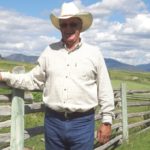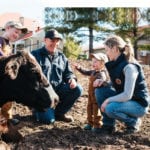
Direct marketing is their path to full-time farming
Marketing: Enright Cattle Company is meeting the challenges of building their brand and informing their customers
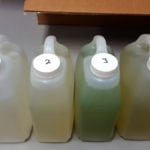
Use caution when testing livestock water quality with hand-held meters
Study compared test results of hand-held meters to laboratory results
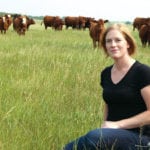
Smoothing the kinks in the sustainable beef supply chain
“The people who are selling beef…are coming to us and saying, ‘we need you to supply this.’"

When it’s time to say goodbye to your herd
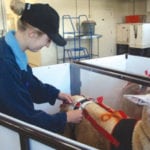
Ergot contamination more complex than first imagined
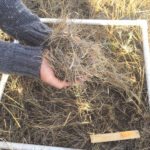
Ranchers rewarded for preserving species at risk on native range
Sask. producers find balance between beef production and nature

New drug targets pain from foot rot in cattle
Health: News Roundup from the May 2018 issue of Canadian Cattlemen

Saline-tolerant AC Saltlander under the microscope
New research shows forage's potential cost benefit

Beef quality takes a slight bruising
Audit reveals an increase in overall consumer satisfaction with retail beef steaks
